History
Mikhail Alexandrovich Bonch-Bruevich (1888-1940)
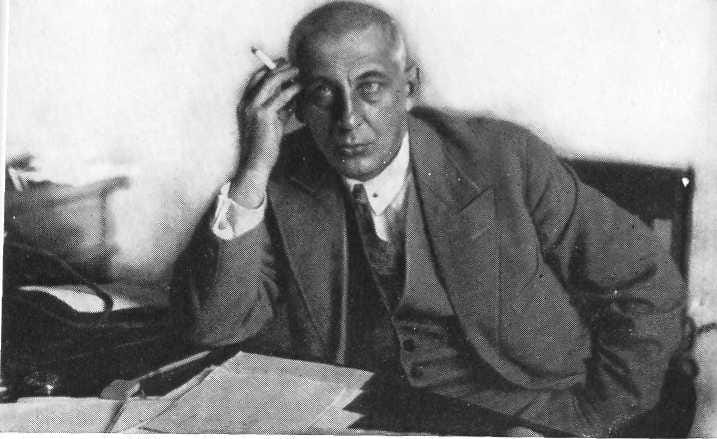 Professor Mikhail Alexandrovich Bonch-Bruevich was an outstanding Russian scientist in radio mechanics, a Corresponding Member of the USSR Academy of Sciences, Doctor of Technical Sciences, and one of the originators of spark discharge theory. He was also the creator of some of the first electronic tubes, radio-telephone transmitters, and radio-telephone tube stations, as well as one of the initiators on the theory of radio wave transmissions in the upper atmosphere, etc.
Professor Mikhail Alexandrovich Bonch-Bruevich was an outstanding Russian scientist in radio mechanics, a Corresponding Member of the USSR Academy of Sciences, Doctor of Technical Sciences, and one of the originators of spark discharge theory. He was also the creator of some of the first electronic tubes, radio-telephone transmitters, and radio-telephone tube stations, as well as one of the initiators on the theory of radio wave transmissions in the upper atmosphere, etc.
From 1931 to 1940, Professor Bonch-Bruevich was at the Head of the Chair of Theoretical Radio Engineering in Leningrad Electro-Technical Institute of Communications and worked as Institute Deputy Director, responsible for studies.
On June 8, 1940 , Council of People's Commissars of the USSR immortalized the memory of this outstanding scientist and teacher, Professor Bonch-Bruevich, by naming the Leningrad Electro-Technical Institute of Communications (LEIC) after him.
On August 11th, 1993, The Bonch-Bruevich Leningrad Electro-Technical Institute of Communications obtained status as a state educational institution of higher professional education by the Ministry of Communications and was renamed “The Bonch-Bruevich St. Petersburg State University of Telecommunications”.
Milestones of the University history
1930-1941 Formation of a specialized Institution of Higher Education
October, 1930 – By Decree of Council of People's Commissars of the USSR, concerning establishment of Leningrad Electro-Technical Institute of Communications, 662 people were admitted as first year students.
1931-1941 – Department of Evening Education is established (specialties: radio communications, telephony, and telegraphy). Publishing and scientific research departments are created. On June 8, 1940 the institute received a new name: The Bonch-Bruevich Leningrad Institute of Communication Engineers. More than 40 scientific research projects were carried out, more than 30 textbooks and monographs, 50 teaching aids, 19 books of collected scientific and technical articles, and 152 scientific articles were published; 2,155 specialists graduated; 21 graduate students defended their theses. 1,400 students were studying in the institute in 1941; 400 teachers and other employees were employed; 23 academic chairs, 40 training and scientific laboratories, and training and production workshops were created.
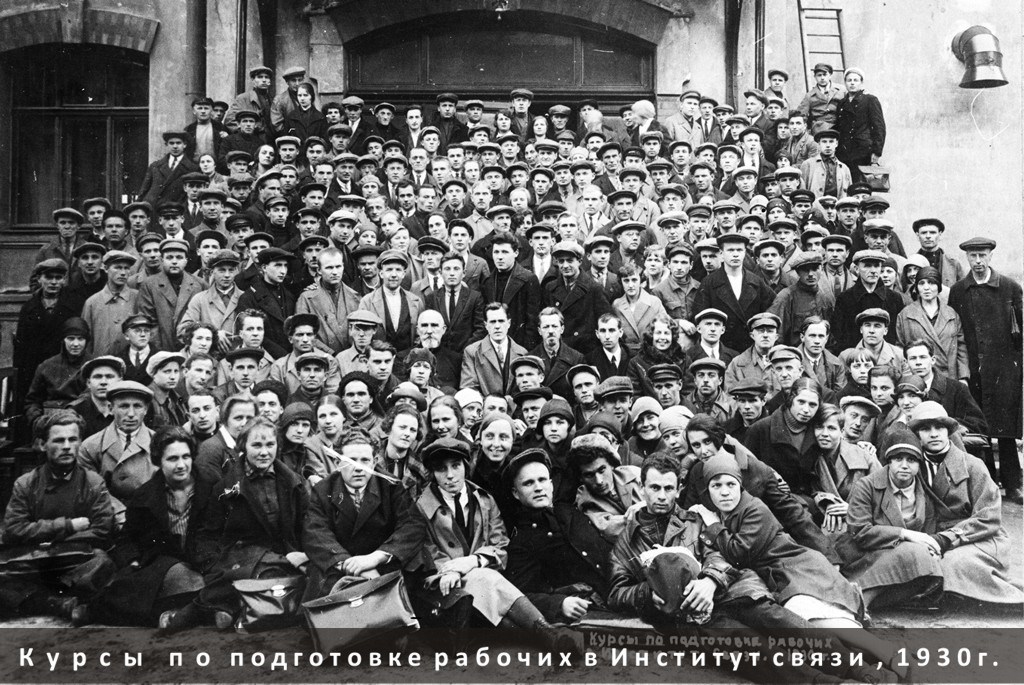 |
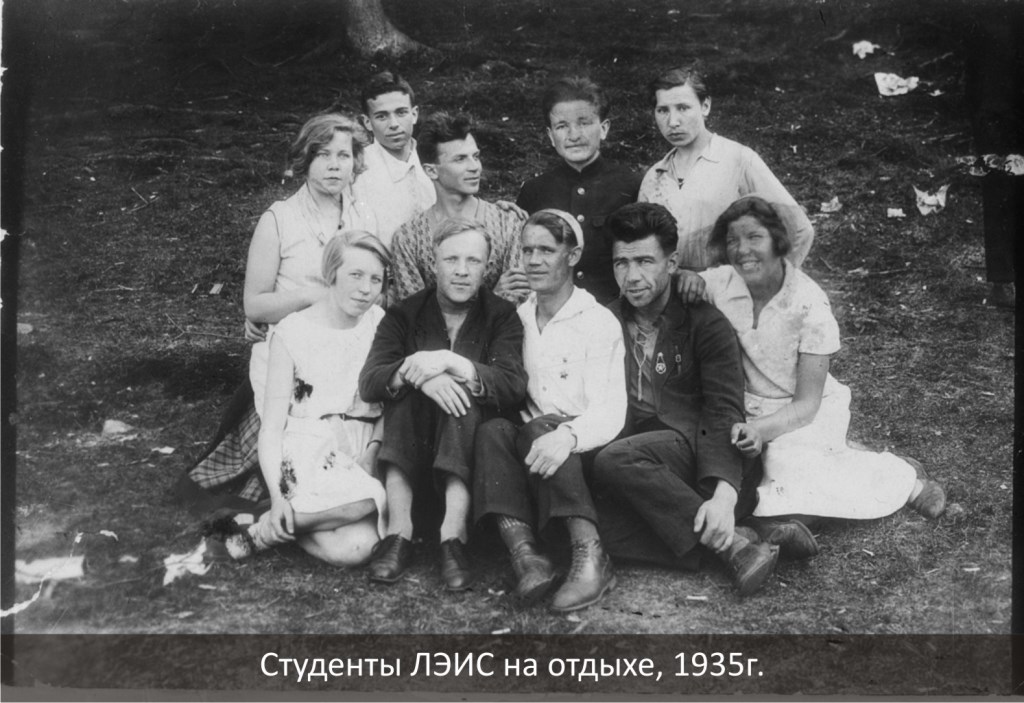 |
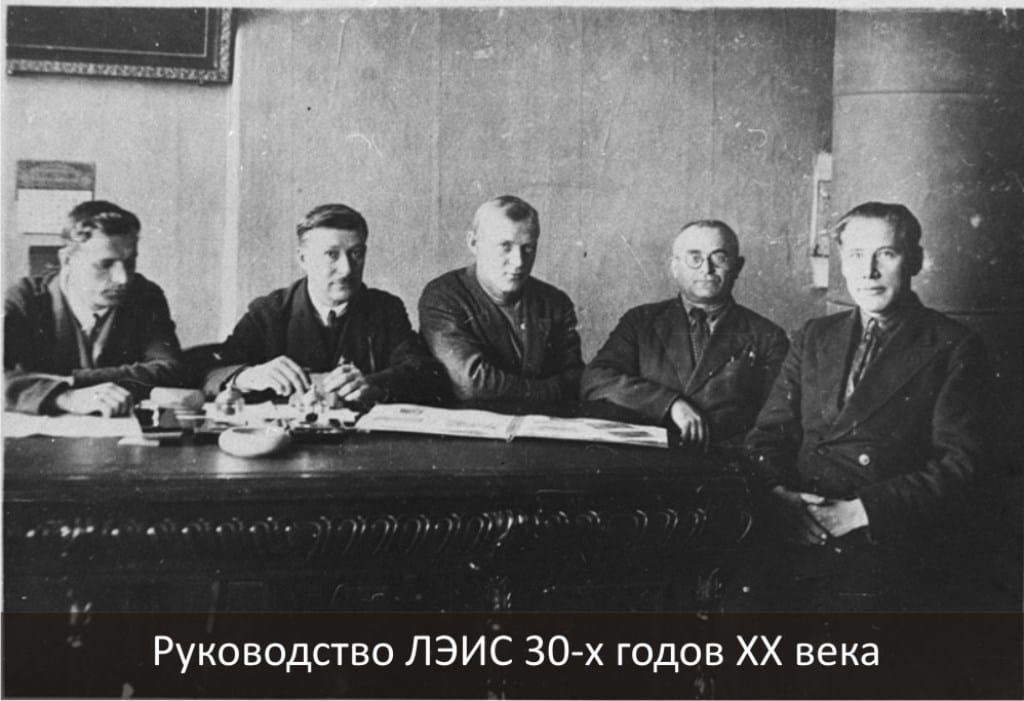 |
1941-1945 Together with the entire country
June-August, 1941 – 70% of the teaching staff, employees, and students went to the front lines of WWII. Institute Chairs were reorganized to fulfill military demands. More than 300 students and employees participated daily in construction of defensive installations, 360 students worked at the special military installations in Leningrad region. Training and production workshops produced ammunition, instruments for the navy, and radio stations. Training courses for radio operators and telegraphers were established.
Winter, 1941-1942 – More than 50 teachers and employees of the institute died of starvation and the bitter cold.
1942-January, 1945. – Evacuation of the institute to Kislovodsk, then to Tbilisi (1942).
July, 1942, Tbilisi – Continuation of studies in the institute (471 students at the time). 1943 – Establishment of institute branch in Leningrad (181 students admitted).
1944-January, 1945 – Re-evacuation of the institute to Leningrad.
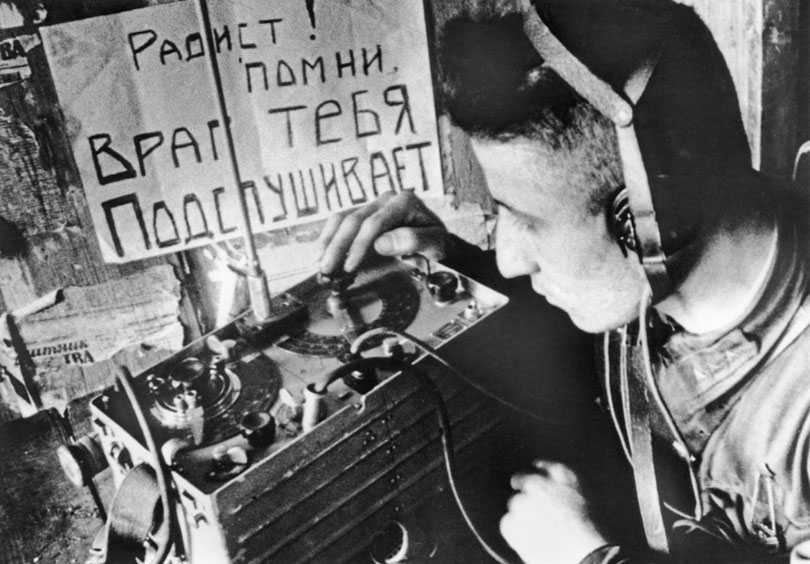 |
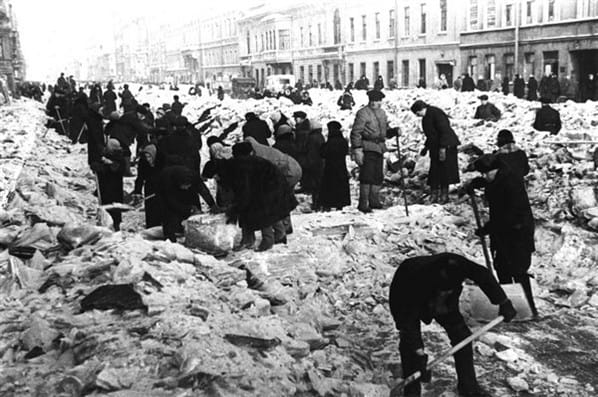 |
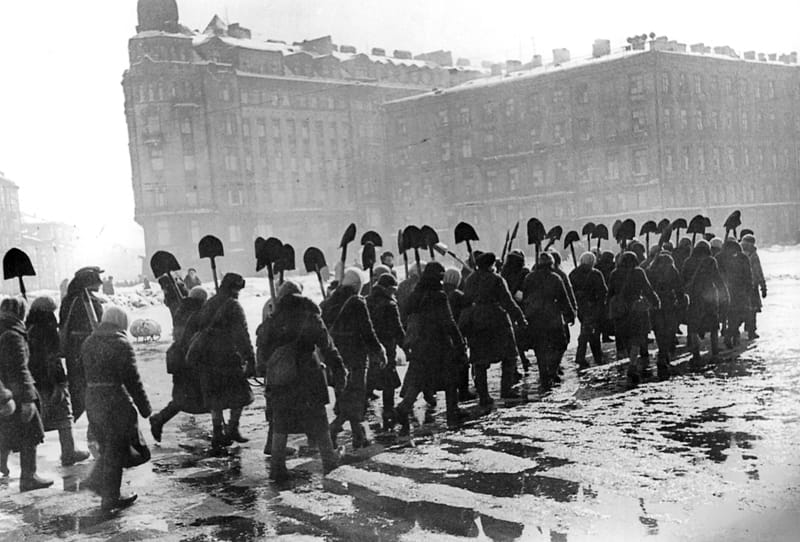 |
1945 -1993 – The leading communication institution of higher education1945 – Three faculties exist: radio communications and radio broadcasting, telephone and telegraph communications, and evening education. Post-graduate study was resumed. Chair of military education and television research laboratory were created.
1947 – The first scientific and technical conference of teaching staff was held. From this year on, the conference became annual. Training of specialists for foreign countries is entrusted to the institute.
1945-1956 – 83 doctoral and Ph.D. theses were defended. 52 textbooks and teaching aids were published. Total number of students of the institute was about 5,000 by 1956.
1961-1966 – The institute was entrusted with the publishing of Works of Communication Institutes (1960). Radio Engineering Faculty and a branch of the institute (Factory and Technical College by The Commintern Research-and-Production Association) were created in 1963. The second study building and two dormitories (for 700 and 600 people) were put into operation. Institute was given right to admit students for defending doctoral theses. 89 Ph.D. theses were defended.
1978-1992 – The institute was included into the list of the country's leading institutions of higher education in scientific works (1978). Construction of a training and laboratory complex on Prospect Bolshevikov began. More than 8,500 students (including 300 foreign students) were studying at seven faculties in five specialties (1980). There were about 600 teachers and more than 400 teaching and administrative employees by that time.
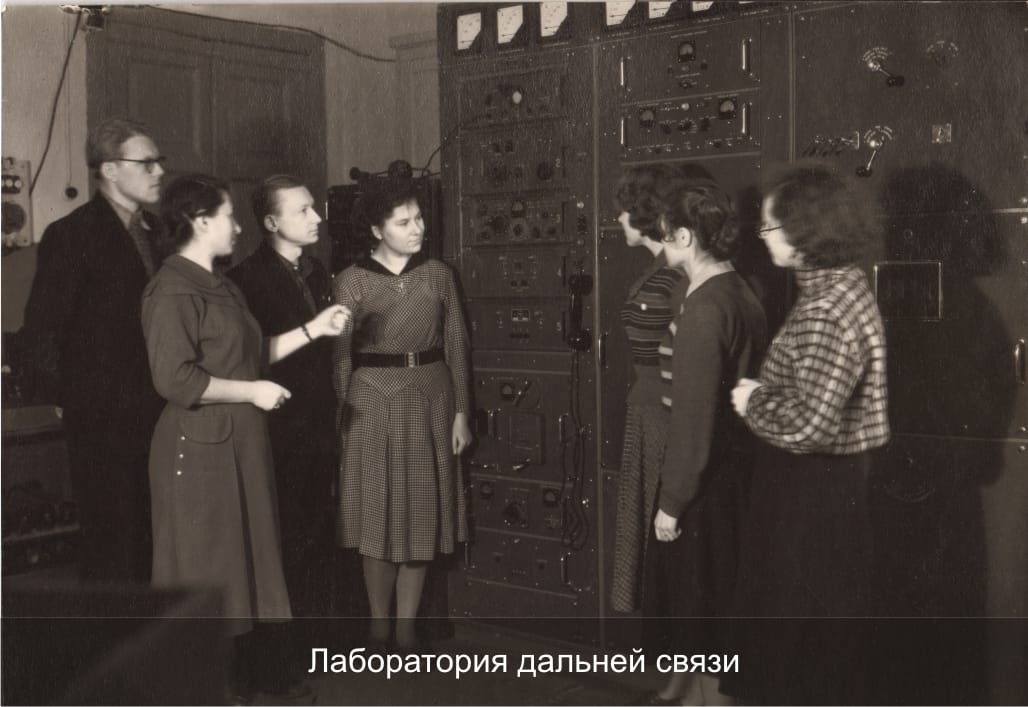 |
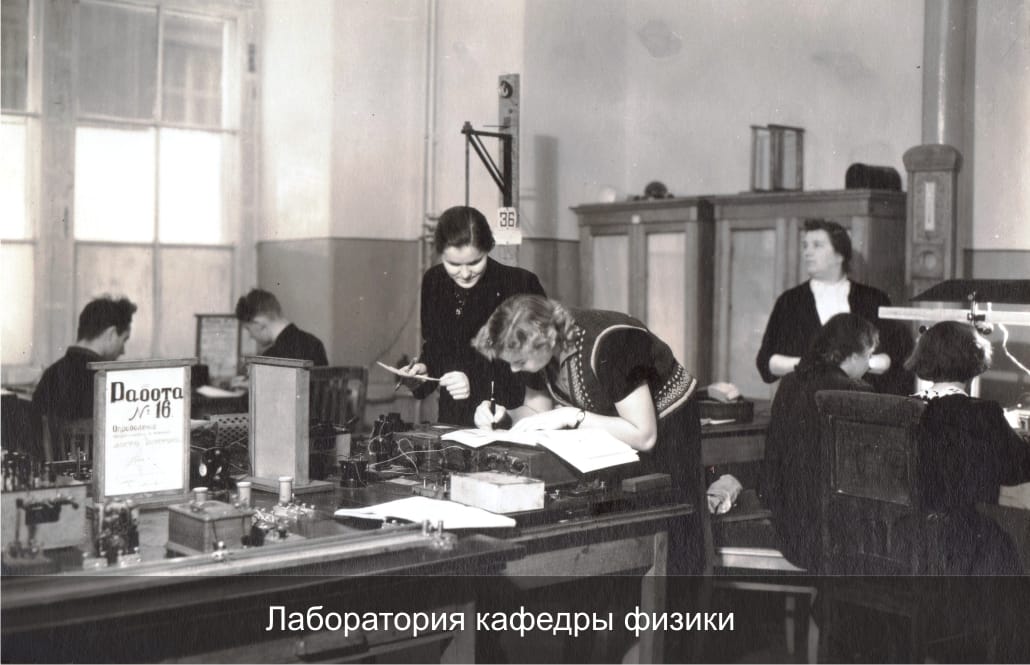 |
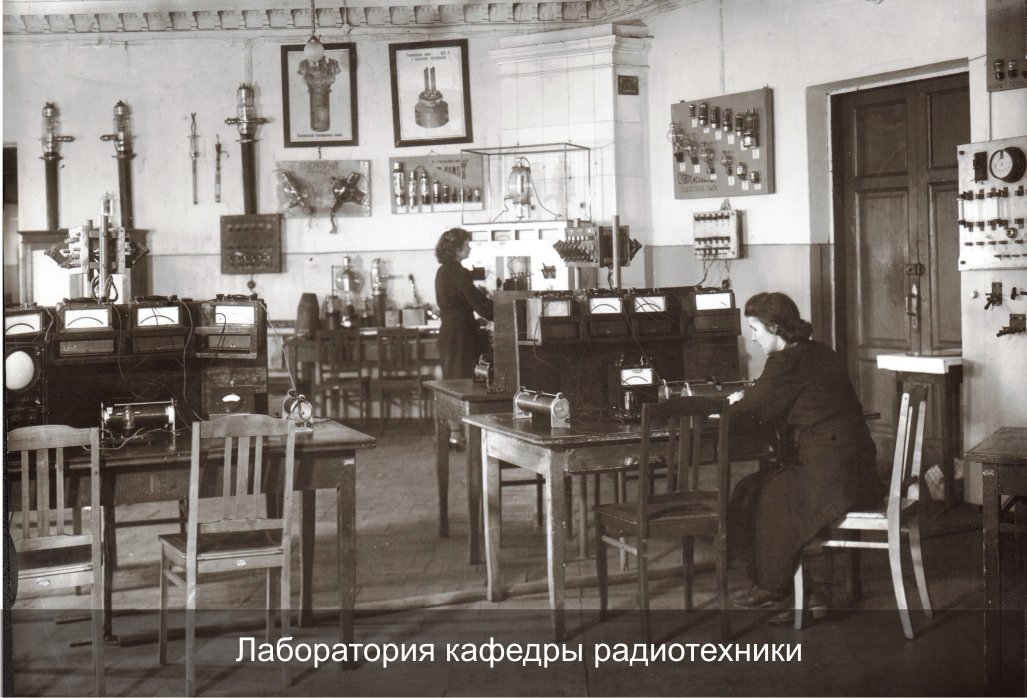 |
1993-2018 University status
1993 – The Institute obtained the status of being a University. Its new name: The Bonch-Bruevich St Petersburg State University of Telecommunications (SPbSUT). Development of digital information-transmission systems, introduction of fiber-optic communication lines, development of information networks, and mobile communication networks were determined to be priorities for scientific research.
New Departments and Chairs were created: Digital Signal Processing, Communication Networks, Information Security of Telecommunication Systems, Biomedical Technologies, Global Information Technologies, Global Infocommunication Networks and Systems.
St Petersburg Center of Telecommunications was created and based in SPbSUT; it is a specialized center for improvement of professional skills and retraining of specialists. The Department of Fundamental Studies was created. It provides training of specialists according to a “Bachelor and Master” system. The Factory and Technical College was reorganized into SPbSUT’s Institute of Radio Engineering and Electronics. The College of Telecommunications was also included into the structure of SPbSUT.
Archangelsk College of Telecommunications and Smolensk College of Telecommunications became branches of SPbSUT. The state educational institution Lyceum by SPbSUT was founded. Institute of information technologies (IIT) was created.
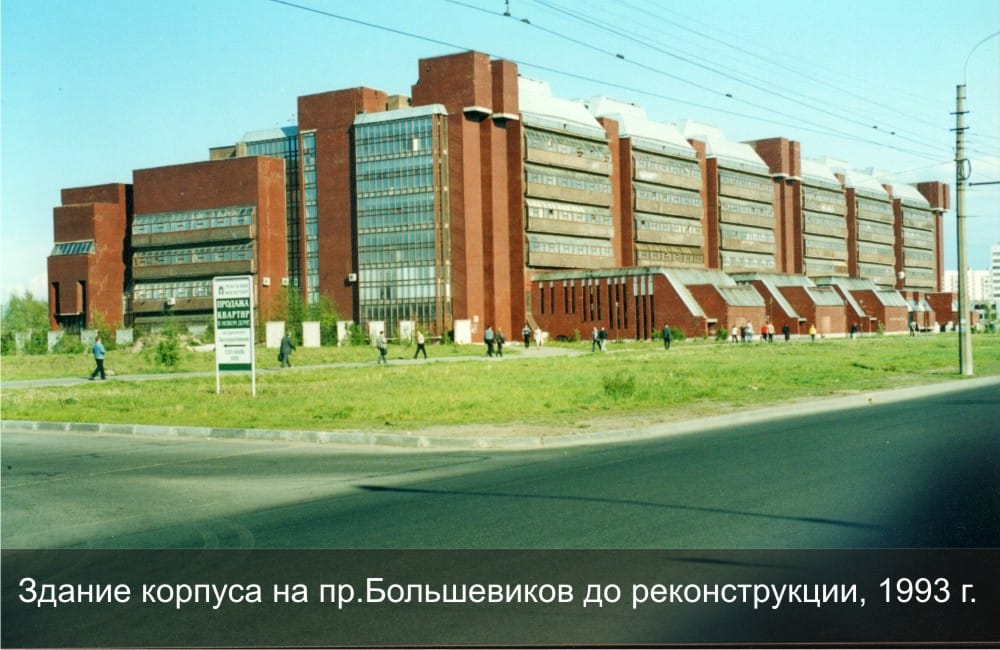 |
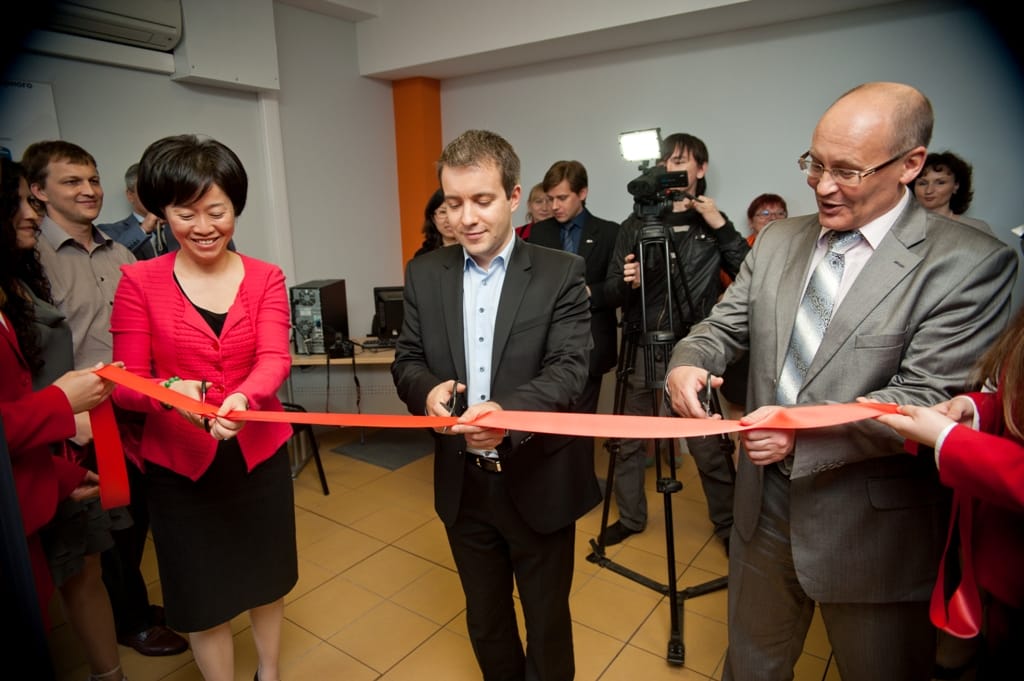 |
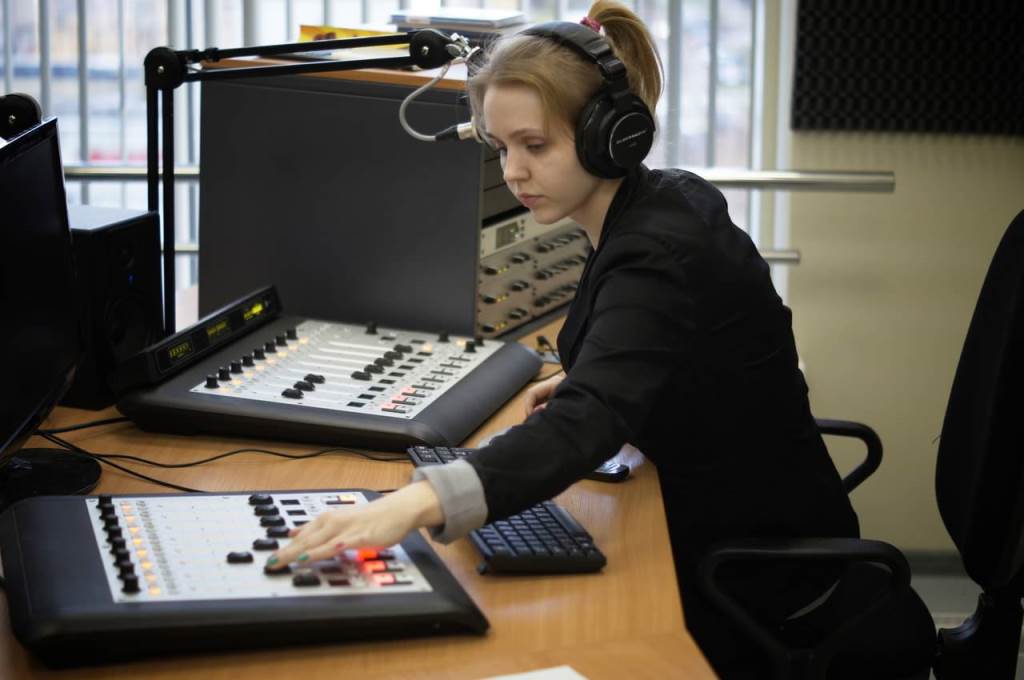 |
2018 – present days
According to the results of the 2017/2018 academic year SPbSUT entered the TOP 10 best industrial universities of the IX annual National University Rating of the International Information Group "Interfax" and the international rating of higher education institutions ARES-2018 as a university demonstrating reliable quality of teaching, scientific activity and demand for graduates by employers.
The University has been selected as the center of professional excellence of the International Telecommunication Union (ITU), recognized as a provider of high-quality professional training services in such areas as the Internet of Things, Digital Broadcasting and Cybersecurity.
The SPbSUT team won the finals of the esports tournament among universities in MOBA games.
SPbSUT, as part of a consortium of universities and scientific organizations, receives the status of a participant in two Competence Centers of the National Technology Initiative in the areas of "Wireless Communication Technologies and the Internet of Things" and "Distributed Registry Technologies" for creating innovative solutions in the field of "end-to-end" technologies.
SPbSUT took the first place among universities subordinated to the Federal Communications Agency in the rating of the Interfax Agency.
Three SPbSUT projects – the All–Russian Student Media Works Festival "Repost", the Freshman Sports Contest "Time of the First" and the Student Hackathon "Bonch Hack" - became the winners of the All-Russian competition of youth projects among educational institutions of higher education, held by the Federal Agency for Youth Affairs (Rosmolodezh).
SPbSUT celebrated its 90th anniversary on October 13, 2020.
The University staff is making a lot of efforts to strengthen the prestige of the graduate of SPbSUT, to maintain the high standard of Russian engineering and technical education. Our students are provided with all opportunities for mastering knowledge and conducting scientific research, excellent conditions have been created for the formation of professional competencies, personal growth and creative self-realization.
SPbSUT is one of the most innovative universities and worthily presents itself at various conferences, forums, industry and educational exhibitions, competitions and championships.
New laboratories are being opened here, new scientific ideas and non-standard solutions are being born and implemented; international relations are expanding; the material and technical base is being strengthened; active educational work is carried out and student life is in full events.





